Advertisement
There was a time when Google Maps helped you only with directions. A left here, a right there, and you’d arrive. But today, it's turned into something far more intuitive. It doesn’t just tell you how to get from point A to point B—it predicts, suggests, and learns. Thanks to artificial intelligence, Google Maps is becoming a kind of everyday companion for anyone who needs to move, whether by car, foot, or public transport. Let’s walk through six AI-powered features that are shaping how people use Google Maps in 2025.
Ever shown up somewhere and thought, “Wow, it’s way more packed than I expected”? That might happen less now. Google Maps in 2025 can estimate how crowded a place will be before you even leave your house. And not just popular areas like malls or beaches—it now works for smaller locations, like local cafés or neighborhood gyms.

This works because Maps pulls from a wide range of data: live location sharing, past visit trends, calendar patterns (like holidays or events), and even weather. So, if you're planning to go grocery shopping on a Saturday afternoon, the app might suggest going earlier based on recent foot traffic. What makes this stand out is how subtle the update is. You’ll just see a note like, “Usually not busy at this time” or “Busier than usual,” and that’s it. The decision to act on it? Entirely yours.
If you've noticed Google Maps occasionally suggesting a "slightly slower, but fuel-efficient" route, that's not just about traffic—it's an AI-backed nudge toward sustainability. In 2025, these recommendations will become more personal.
Now, Maps doesn’t just look at traffic—it factors in your vehicle type. Hybrid? Diesel? Electric? It adjusts accordingly. It also studies driving behavior over time. If you're someone who accelerates quickly and brakes hard, it may suggest routes with fewer stops or gentler turns to help you save fuel. There’s no pressure. You can still pick the fastest route. But if you're open to saving some money and reducing emissions without changing anything else, these options are ready.
Live View was once a fun way to follow arrows on your screen. Now, it's something much more capable. Using a mix of AI, augmented reality, and real-time camera input, the new 3D Live View overlays directions right onto your phone's screen—not just arrows, but landmarks, building names, and signs.
What’s new in 2025 is that this feature now speaks your language, literally and visually. For example, if you’re in Seoul or Paris and you scan a street, it not only shows you the way—it tells you what that shop sells, whether it’s open, and if it matches something on your recent search history. Planning to grab coffee? It might point out a nearby place with a note saying, “Based on your past visits.” For indoor spaces like airports and shopping centers, this AR system can now help you navigate floors, escalators, and even restroom locations—all with smooth transitions on the screen.
This one’s subtle but effective. If you've been using Google Maps daily, you may notice that it starts offering suggestions that feel oddly tailored—not just for time but for how your day usually flows. Let’s say you work from home most days but head into the office twice a week. On those days, Google might suggest leaving ten minutes early—not because of traffic but because you often stop for a quick bite. Or if you’ve been driving a lot during stressful hours, Maps might suggest a quieter scenic route home, even if it’s slightly longer.
This happens through behavior mapping. It studies what you typically do, how long you stay at places, and what kinds of routes you prefer over time. All this leads to better options that match not just your destination but how you move through the day.
Trains delayed? Bus skip a stop? You no longer need to check five different apps. Google Maps now integrates real-time updates across almost all public transport systems in supported cities—and this year, it got even sharper with AI-assisted rerouting. Now, the app doesn’t just tell you that a train is late. It compares delays, tracks foot traffic, and even considers walking speeds across large terminals. Then it offers you options. For example: “Train to Downtown is 11 mins late. You’ll reach 6 mins faster by taking the next one to East and switching at Central.”
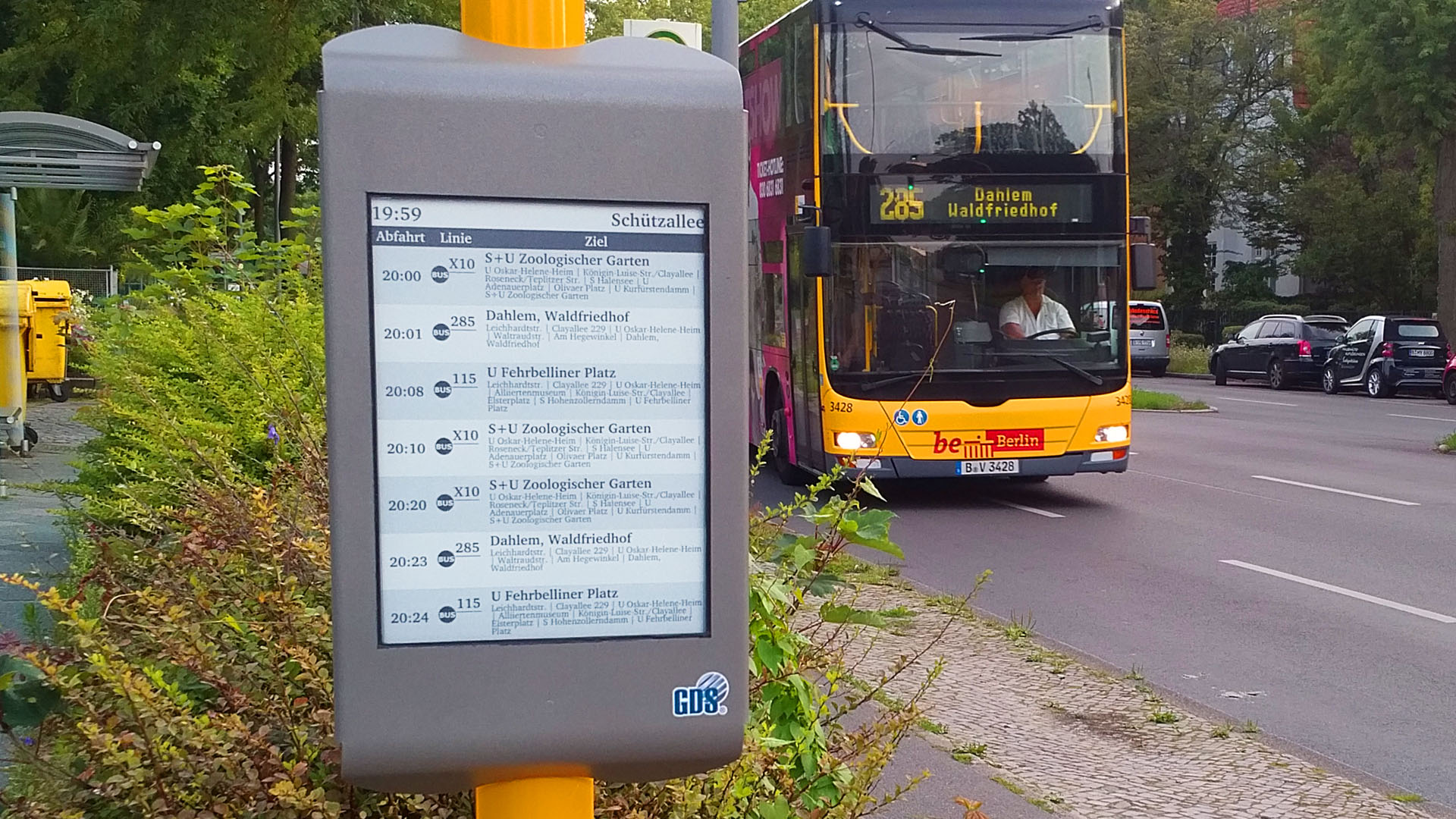
This AI calculation isn’t limited to just time. If there’s a parade blocking a bus route or roadwork slowing down a tram, it factors those in as well. You don’t need to understand all the logistics behind it—you just get the next best plan right when it matters.
Gone are the days when you had to punch in exact names. Google Maps now includes a conversational layer powered by AI, allowing users to ask for suggestions the way they’d talk to a friend.
Try saying, "I've got a free hour near me; what can I do?" and the app pulls up nearby points of interest, events, or quiet parks based on your preferences. It even considers what time of day it is. Morning? You might see a walking trail. Evening? Maybe a bookstore or gallery. And the more you use it, the more it adapts. Not into museums? The system quietly takes notes and stops suggesting them. Into quiet cafés? You'll start seeing those pop up more often.
What’s striking about Google Maps in 2025 is that it’s not loud about being intelligent. You won’t see banners saying, “AI just improved your route.” It just works—quietly, in the background, and with increasing sensitivity to how people actually move. And that’s the difference. AI here isn’t showing off. It’s helping. Whether that means avoiding a crowd, catching an earlier train, or simply enjoying a slower route home, the features are built to meet you where you are—no extra effort needed.
Advertisement
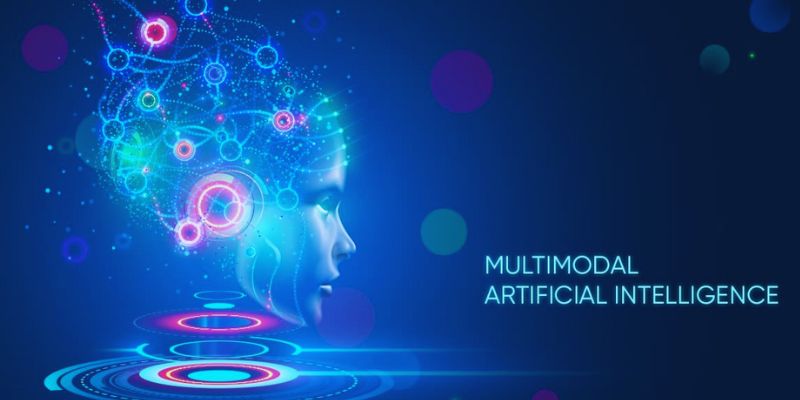
Multimodal artificial intelligence is transforming technology and allowing smarter machines to process sound, images, and text
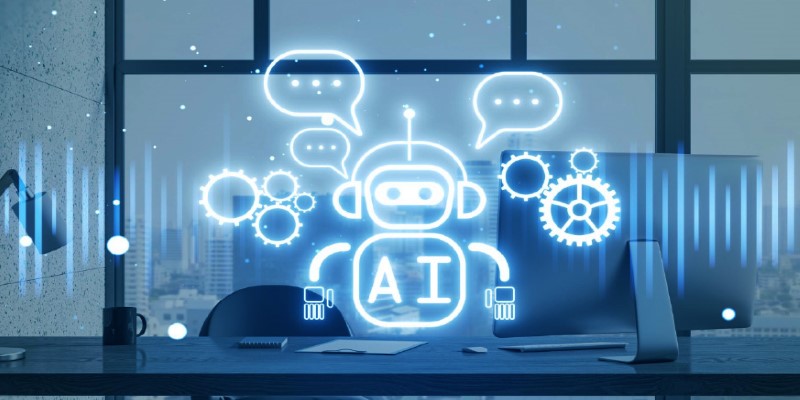
Struggling with code reviews and documentation gaps? Discover how SASVA from Persistent Systems enhances software development workflows, offering AI-powered suggestions
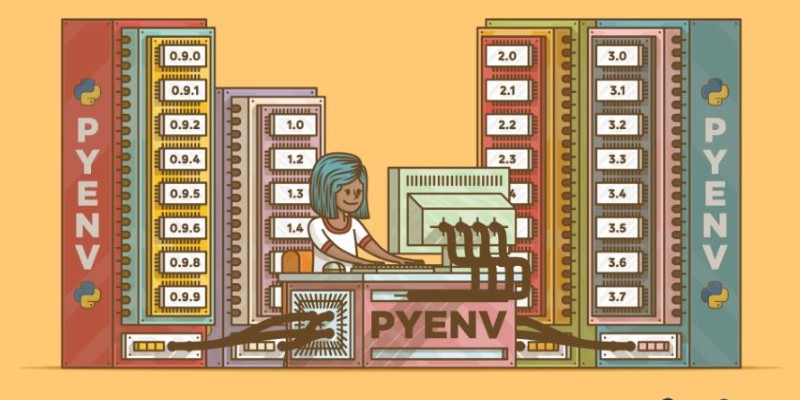
Tired of dealing with messy Python versions across different projects? Learn how pyenv can help you easily install, manage, and switch between Python versions without the headaches
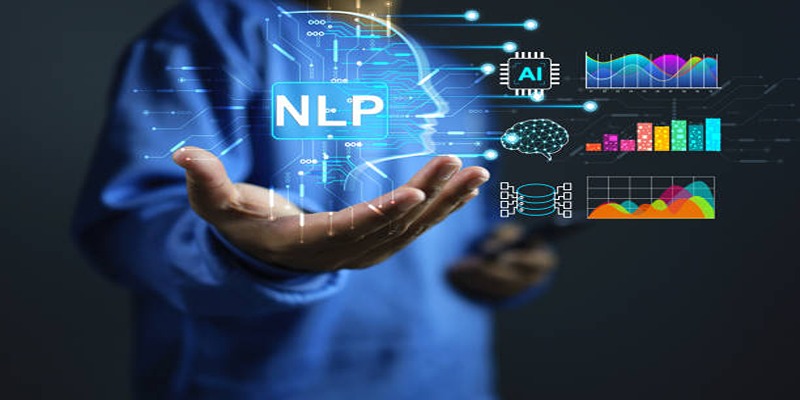
Explore how Natural Language Processing transforms industries by streamlining operations, improving accessibility, and enhancing user experiences.

Wondering how to turn a single image into a 3D model? Discover how TripoSR simplifies 3D object creation with AI, turning 2D photos into interactive 3D meshes in seconds
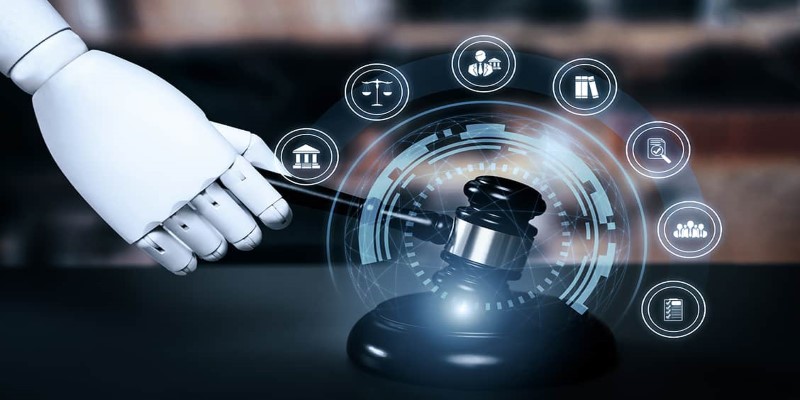
Wondering who should be in charge of AI safety? From governments to tech companies, explore the debate on AI regulation and what a balanced approach could look like
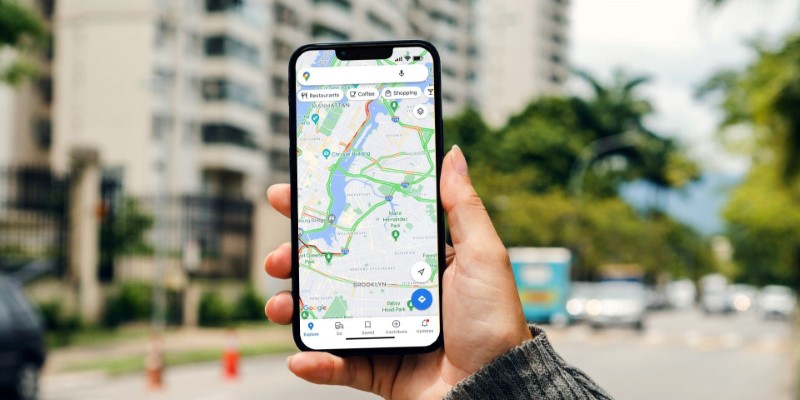
What makes Google Maps so intuitive in 2025? Discover how AI features like crowd predictions and eco-friendly routing are making navigation smarter and more personalized.
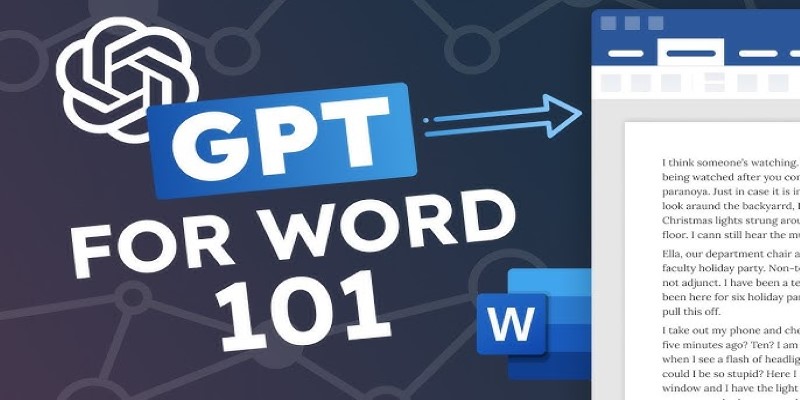
Looking for a quicker way to create documents in Word? Learn how to use ChatGPT to automate your document writing process directly within Microsoft Word

Thinking of running an AI model on your own machine? Here are 9 pros and cons of using a local LLM, from privacy benefits to performance trade-offs and setup challenges
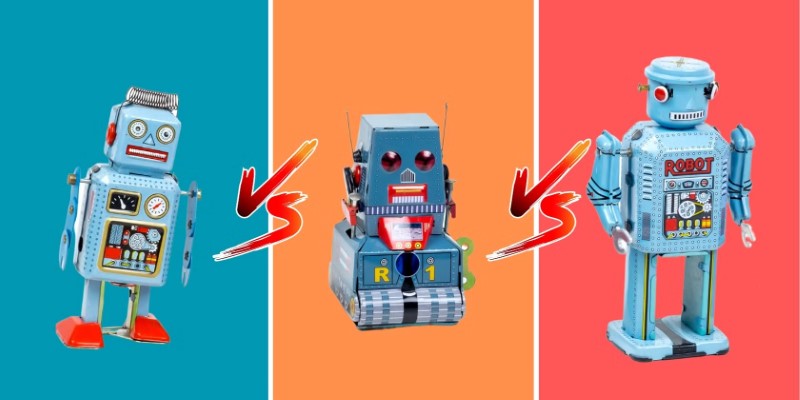
Not all AI works the same. Learn the difference between public, private, and personal AI—how they handle data, who controls them, and where each one fits into everyday life or work

Learn how to create professional videos with InVideo by following this easy step-by-step guide. From writing scripts to selecting footage and final edits, discover how InVideo can simplify your video production process

Ever wonder why your chatbot avoids certain answers? Learn what AI chatbot censorship is, how it shapes responses, and what it means for the way we access information